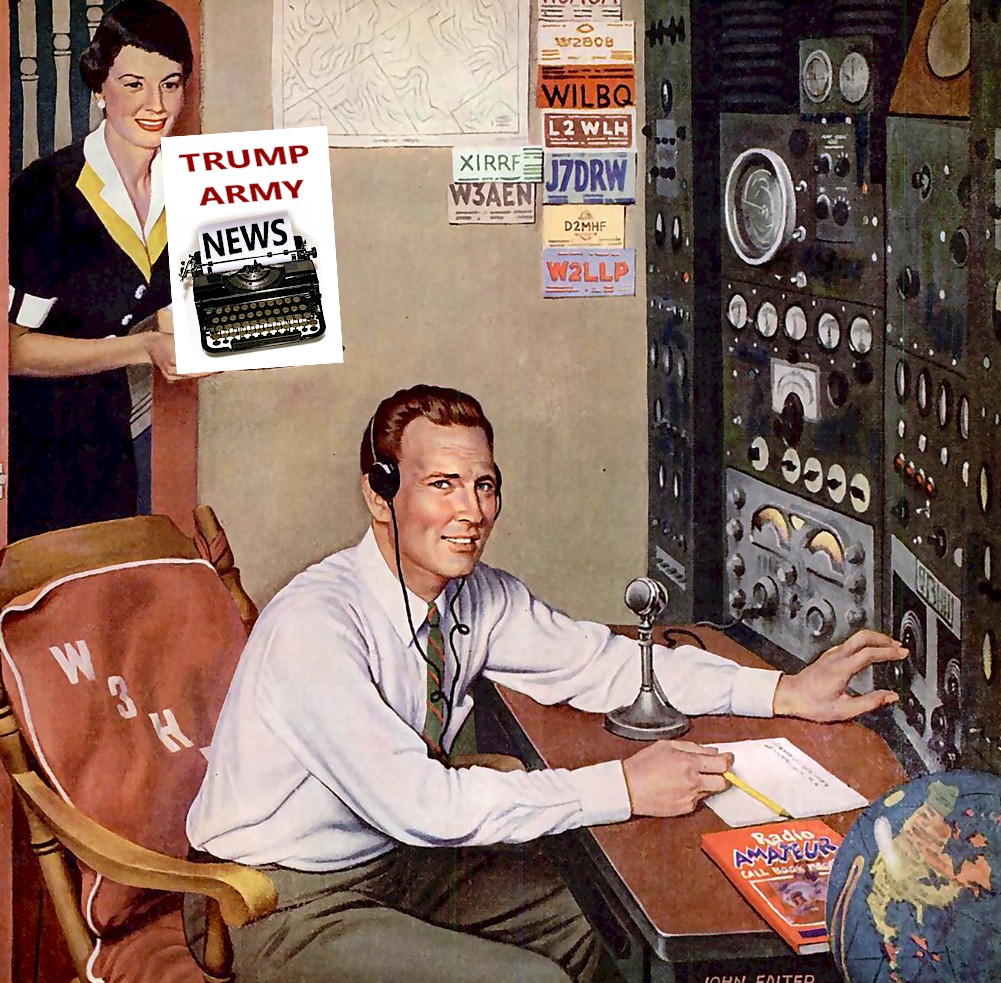Kim Jong Un has been compromised; U.S. Military Mission Pueblo: North Korea Kim Jong Un has been fully compromised today as U.S. Seal Team Six under U.S. Military Authority LAUNCHED Mission Pueblo.
Reports indicate that Kim Jong Un tried to fire an armed missile - a direct threat to the United States and China from the Eastern Shores of North Korea but U.S. Military Operations Seal Team Six (6) Pueblo created a chemical electrical spark at the exact moment of the launch attempt, corrupting the missile launch and thus destroying the North Korean Missile.
Mission Pueblo, it is reported, consists of Naval Seal Team Six Members were disguised as tourists visiting the U.S. Naval vessel U.S.S. Pueblo in North Korea, captured by the Communist North Korean government decades ago, now on public display.
The tiny chemical packs, once opened create electrical sparks for over sixty seconds in conjunction with very high temperatures, reports state up to 2,000 degrees. With open sparks, once the North Koreans hit the launch button, attempting to fire up the missile, the sparks created a disruption and an explosion.
Its known that the U.S. Naval Team Seal Team Six is now lounging aboard a U.S. aircraft carrier off the coast of North Korea, showing off their digital pictures of the massive missile explosion.
It's further reported, that the midget Communist dictator Kim Jong Un pissed his pants on receiving the news.
Other's say that China, is giggling.
Donald Trump had no comment.
.



